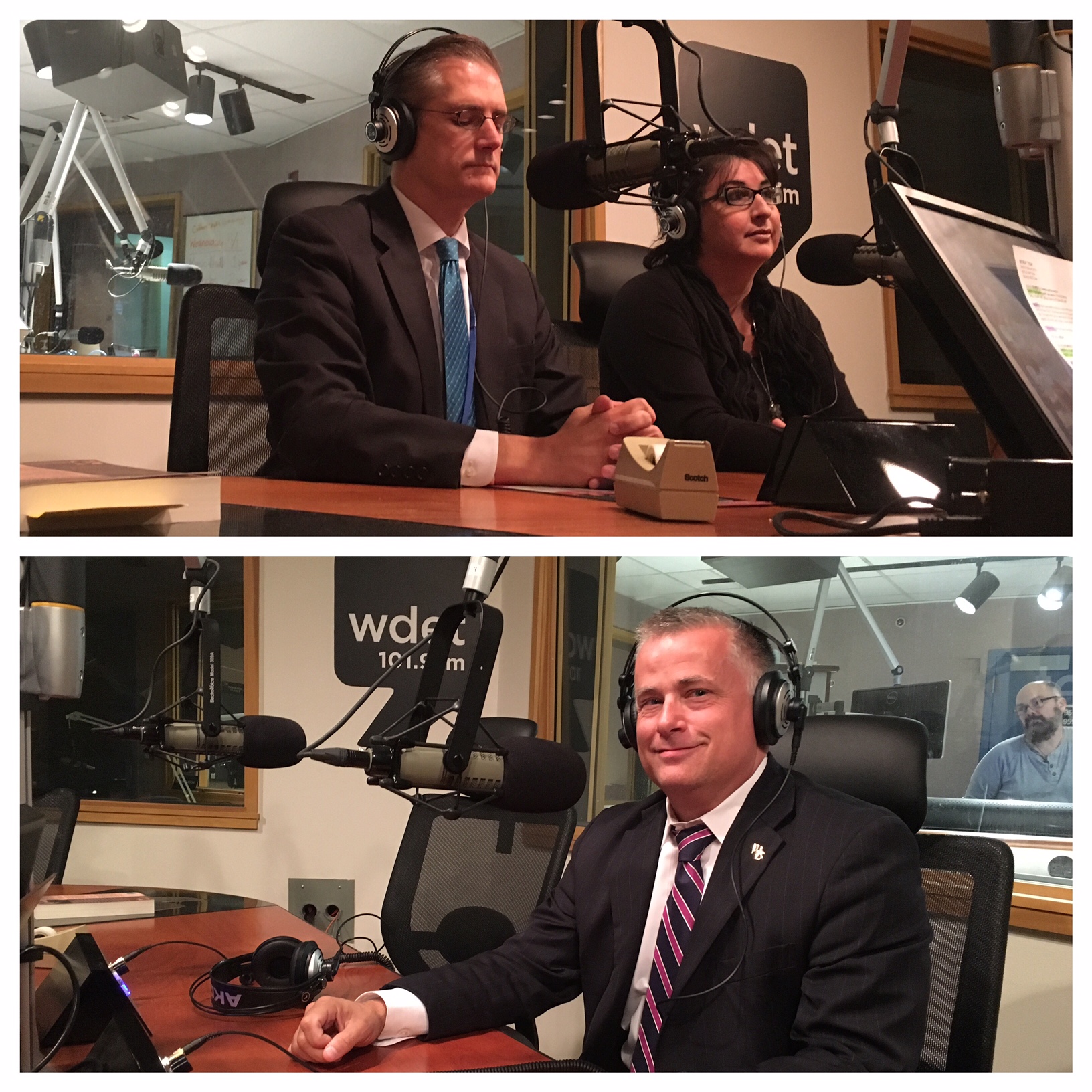What Does Wayne County Millage Proposal Say About How We Fund Michigan Schools?
Should local school districts and counties have to fill the gaps when schools are underfunded?


There are a lot of issues on the ballot next week.
For Wayne County voters, the question is whether to pay more in property taxes to help support schools throughout the county. Two mills on the ballot would raise about $80 million that would be distributed among school districts throughout Wayne County.
What are the issues at play? And what does it say about the way we fund schools across the state?
“(Districts) are feeling it on the ground and their efforts to try to provide services for kids on a daily basis, they’ve been feeling it for a lot of years,” says Dr. Randy Liepa, superintendent of Wayne Regional Educational Service Agency (RESA). “And this is the one way that we can actually try to take control back into our hands as it relates to making sure that we’re providing the services that we need for our kids and making sure every one of our kids is successful.”
But not every district in Wayne County wanted the millage on the ballot.
“Our decision was based out of an abundance of respect for our constituents,” says Mark Greathead, superintendent of the Woodhaven-Brownstown school district, which voted against putting the millage on the ballot. “They’ve been overwhelmingly supportive of the school district.” Voters in that district passed a $57.4 million bond proposal in November of last year. In 2011, they renewed the district’s annual sinking fund.
Greathead admits that the district could use more money to provide services for students. But he says local voters are asked too often to fill the gaps left by the state’s education funding system.
Click on the audio player above to listen to the entire conversation.
